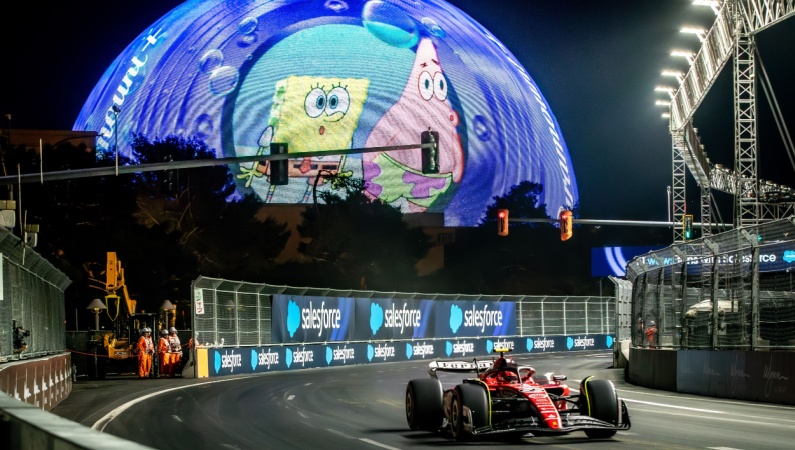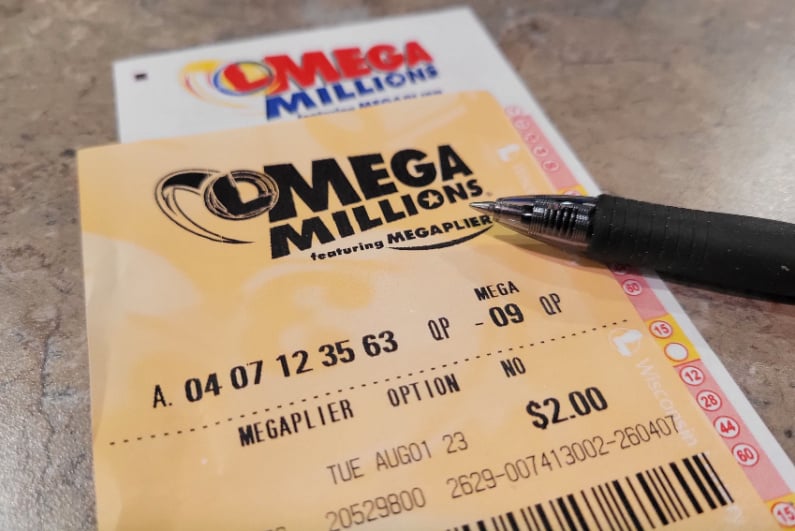Time is money
The Las Vegas Grand Prix (LVGP) was every bit the spectacle that one would come to expect from the gambling capital of the world and while it was a financial boon in some ways, it was a significant headache for many in both the city and county.
the county lost $462,865 because of costs directly related to the November 2023 race
According to a report presented to Clark County commissioners on Tuesday, the county lost $462,865 because of costs directly related to the November 2023 race. It took in $3.8m from permits, fees, and licenses, but county staff logged 17,059 hours on work associated with the Las Vegas Grand Prix, amounting to $4.3m in employee pay.
The report blamed race officials for missing deadlines and poor communication, creating the need for extra work hours. For future races, the report wants the “LVGP to create a program management system to keep track of deadlines and requirements.”
On the flip side, a report by Applied Analysis estimates that the race created $1.5bn in economic impact, generating $77m in taxes for Clark County and Nevada, a local record for a single event.
Some local businesses suffered tremendously
And while local businesses were excited to have such a gigantic event coming to town, for many, expectations did not match reality. The bridge built on Flamingo Road over Koval Lane restricted access to businesses, caused customers to stay home, and created significant financial problems for business owners.
the restaurant lost “at least” 100 customers per day
Tanya Markin, co-owner of Stage Door Casino and Battista’s Hole in the Wall restaurant, told the Clark County Commission that the restaurant lost “at least” 100 customers per day and the casino lost a sizeable sum of revenue because the bridge made access to the parking lot extremely difficult.
“Since we (Stage Door) are a locals bar, our local patorns told us plain and simple, they weren’t going to deal with the F1 mess,” Markin said.
In January, a group on nine local businesses told the Las Vegas Convention and Visitors Authority that they wanted about $23m reimbursed to make up for lost revenue. Clark County Commission Chairman Tick Segerblom is on their side, saying on Tuesday: “….there’s got to be some way to have those people be allowed to be compensated in some kind of a structure.”
What about non-race cars?
The biggest problem for the county during and in the months leading up to the Las Vegas Grand Prix was traffic. Crews spent nine months preparing the racecourse and surrounding area, including repaving the 3.8 miles of road used for the race circuit. As the race was on busy, public streets – part of the attraction of the event – it created major inconveniences for people just trying to get to and from work.
Local workers had to use all sorts of alternate routes and transportation methods, including park and ride lots, which added to their commute times.
I’m hoping that the city and F1 come up with a better solution than this year, for the workers of Las Vegas.”
“The solution that they came up with was the monorail,” Harrah’s cocktail server Eileen Scott told commissioners. “Yes, it was great, but it was filled with tourists and everybody that was coming to and from the race was on that monorail. So it was hard for us to get to work…I’m hoping that the city and F1 come up with a better solution than this year, for the workers of Las Vegas.”
A recurring theme when it came to suggestions for the next race was better communication from race organizers and improved planning. Commissioner Marilyn Kirkpatrick wants the LVGP to submit its transportation plan by May 1 to allow for time for discussion, changes, and implementation. The report also suggests that race officials work more closely with the community to come up with better solutions to challenges and problems that arise.




